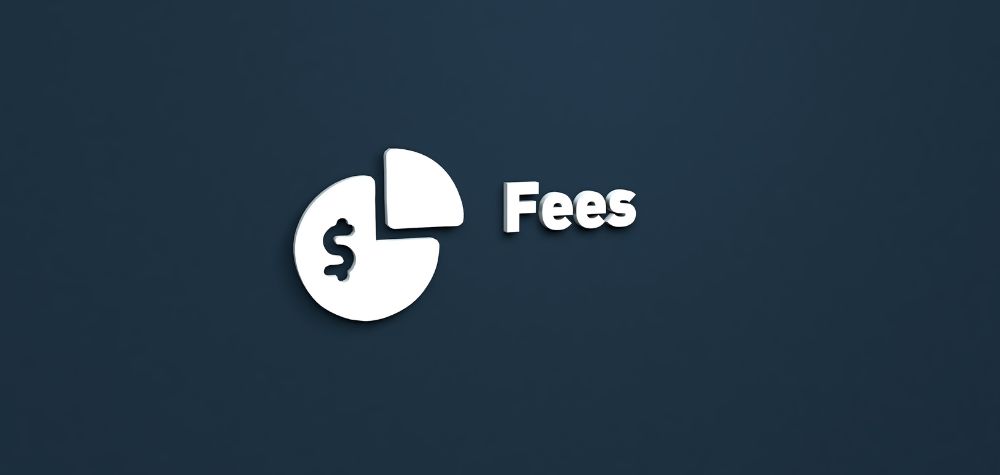
No matter the kind of super fund you opt for, or how it has been performing, you will be subject to super fees. Understanding how these fees work and the difference they can make to your nest egg is vital.
When it comes to super fund fees, there are two factors you need to get your head around; the kinds of fees you are being charged and the rate of fees you pay. Opting for a super fund based on these two factors can see you retire with hundreds of thousands of more money.
You should be aware of the various types of fees you are being charged. If you would like to find out the fees you are being charged, you should do two things.
Firstly, Google your fund’s product disclosure statement and scroll through to the fees section. You should see a list of different types of fees, explaining what they are, how they are applied, and how often they will be incurred. Secondly, you should log in to your super fund account and note all the fees being charged to you. Investigate how closely these correspond and correlate with the product disclosure statement.
If you feel there are discrepancies, do not hesitate to contact your super fund or financial advisor and ask for clarification. It is worthwhile researching and comparing the fees you are being charged against other super funds and what they charge. Being complacent and not paying attention to your super is extremely irresponsible; the dividends you will receive later in life for being diligent now outweigh the burden of taking time to be informed today.
Some standard fees across the board include:
– Administration fees: fees covering the costs of operating and managing your super fund account.
– Exit fees: fees incurred for leaving or switching super funds. While this is a common fee, not all funds charge it.
– Investment fees: fees incurred due to the cost of managing where your money is invested. These fees can fluctuate, depending on where your money is invested.
– Activity-based fees: fees incurred for any activity you require your super fund to perform outside of the ordinary management of your account, such as a family law split fee.
Another major factor contributing to how much you accumulate in your super account throughout your working life is the rate of fees you pay. Plain and simple, some funds offer much lower fees than others, creating a difference of hundreds of thousands of dollars when it comes time to retire.
Generally, funds are categorised into three groups; low super fees, medium super fees and high super fees. You will need to weigh up your options and decide whether you want a fund that charges low, medium or high super fees. While it seems like the best option to choose a fund with low super fees, these funds do not necessarily perform as well as medium or high-fee super funds, meaning you will not get as good of a return on your investment.